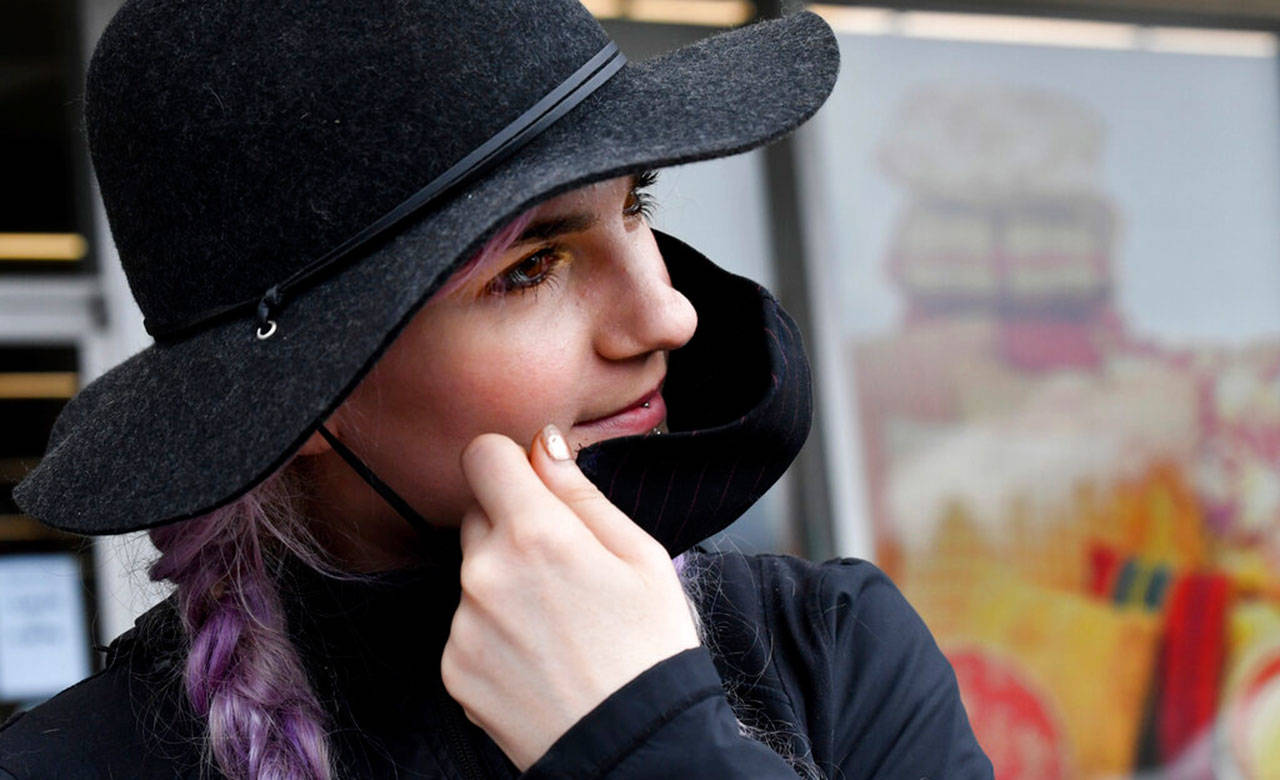By The Herald Editorial Board
For Washington state, at least, the curve may have been flattened.
That’s the word from those tracking the COVID-19 coronavirus and from public health experts, including Dr. Chris Spitters, health officer for Snohomish Health District.
“It’s true that updated models and our case counts and hospital capacity suggest that things are improving and that social-distancing measures are having an impact on the course of the pandemic,” Spitters said Tuesday at a news conference.
Among those models are tracking and projections from the University of Washington’s Institute for Health Metrics and Evaluation that show that hospital resource use peaked on April 2 and the number of daily deaths peaked on Monday for Washington state, milestones that won’t be reached nationally and in other states until next week at the earliest.
That’s encouraging news, of course, but — pick your own metaphor here — we’re far from being done with social distancing.
Spitters, apparently sensing a thirst for sports among some, turned to basketball.
“I sort of view it like having a 10-point lead in the third quarter. Things are looking good, but we can’t let up. It’s just too soon to do so,” he said.
In other words, keep your masks on, at least when you’re out in public.
And — for those who have the resources and sewing chops — make and donate a few of them while you’re at it.
To the list of social distancing practices — keeping at least six feet from others when shopping, frequent hand washing and staying home as much as possible — the Centers for Disease Control and Prevention this week updated its guidelines to encourage people to wear masks when out in public, an added layer of protection against spread of the coronavirus that causes COVID-19.
To be clear, the masks aren’t a substitute for other social-distancing habits, but they can lower the risk that those who are infected — many who have yet to show symptoms and are unaware they are carriers — could spread droplets that can carry the virus.
The problem in complying with that guidance is that many workers in hospitals and other health care facilities and first responders still face a shortage of personal protective equipment, including N95 respirators and paper surgical masks. The best solution would be broader use of the Defense Production Act to engage U.S. companies to produce more PPEs, action that a number of Democratic and Republican senators are now encouraging President Trump to authorize.
But individuals can help by making and using homemade masks, reserving the mass-produced items for health care workers, first responders and others who work with the public.
The CDC offers tips on its website for making masks tailored to your do-it-yourself skills, from sewn cotton-fabric masks to a “MacGyvered” bandana-and-coffee-filter mask that requires no sewing.
But those with the sewing skills and the necessary equipment might consider setting up shop to produce enough for their own families and more for the community. A number of public service organizations in Snohomish County are in need of masks for the staff and volunteers who work with the public.
LiveWellLocal, a website organized by the Providence Institute for a Healthier Community, can connect those making masks with organizations who need them. Among agencies now seeking masks — among other needs — are the Helping Hands Project in Everett, Snohomish County’s Human Services Department, the Granite Falls Food Bank, a family shelter run by the Interfaith Association of Northwest Washington and Arlington’s Village Community Services.
LiveWellLocal also serves as a hub, connecting those who can donate items and financial support with the groups who need that assistance.
Such cottage industry has served the nation before, during World War I and II. Jessica A. Lee, a University of Washington scholar with a doctorate in history, recently wrote a commentary for The Washington Post, recounting how the American Red Cross encouraged Americans to “knit a bit for our first line of defense,” making wool socks during World War I because factory production couldn’t quickly meet the demand for U.S. soldiers fighting trench warfare in uninsulated boots. The knitting brigades, along with scrap-metal drives and Victory gardens, returned in force during World War II.
Then, Lee writes, the wool socks — as well as protecting soldiers’ feet — reminded them who they were fighting for. Now, the homemade masks can serve the same dual purpose.
“People are stepping up and pitching in, just like their grandparents and great-grandparents did decades ago,” she writes. “Not only does this help our doctors and nurses, but it fosters a strong sense that we’re all in this together.”
Your grandparents knit a bit; you can sew to show your support for frontline workers.
Talk to us
> Give us your news tips.
> Send us a letter to the editor.
> More Herald contact information.

























